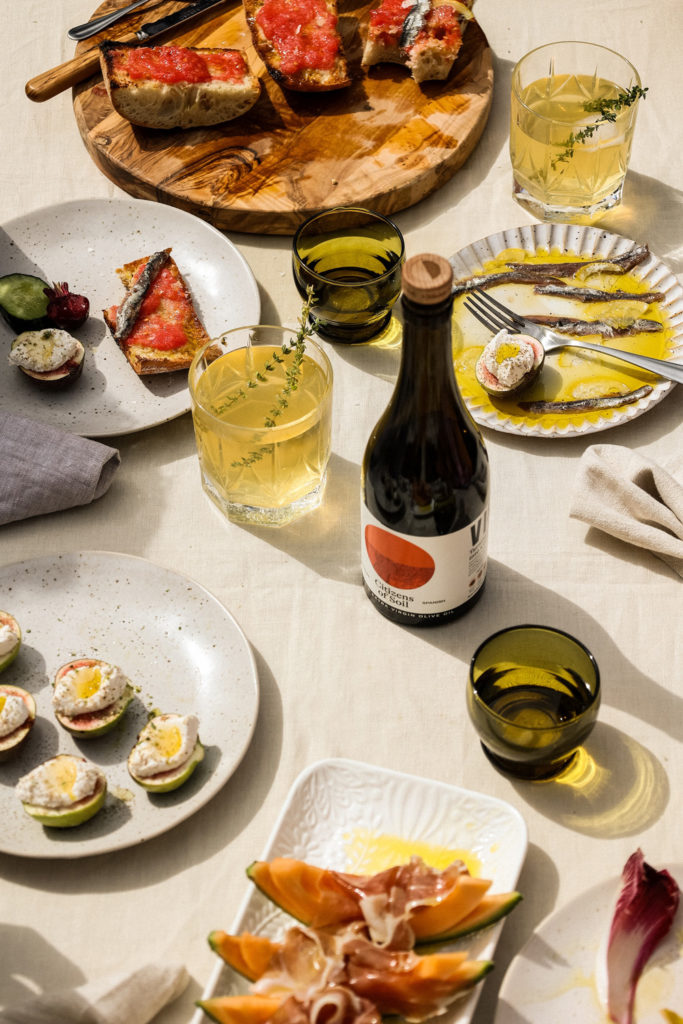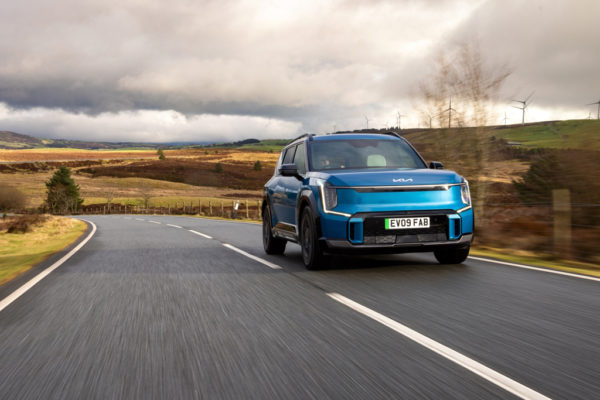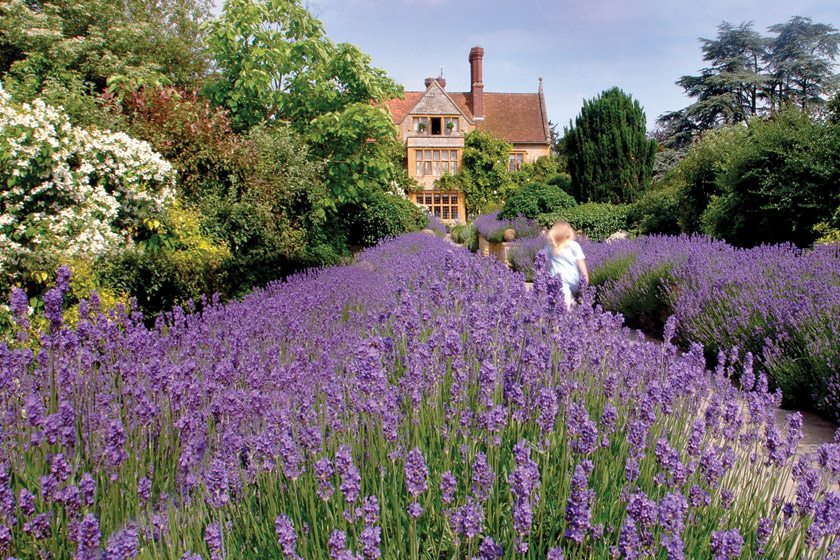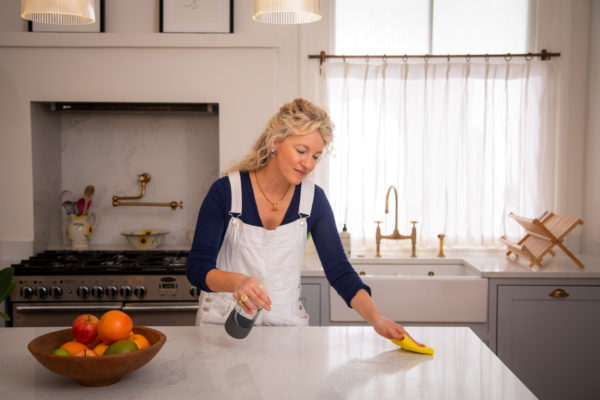Fancy Growing Your Christmas Dinner? It’s Time To Get Started
By
1 year ago
Spring planting season is here
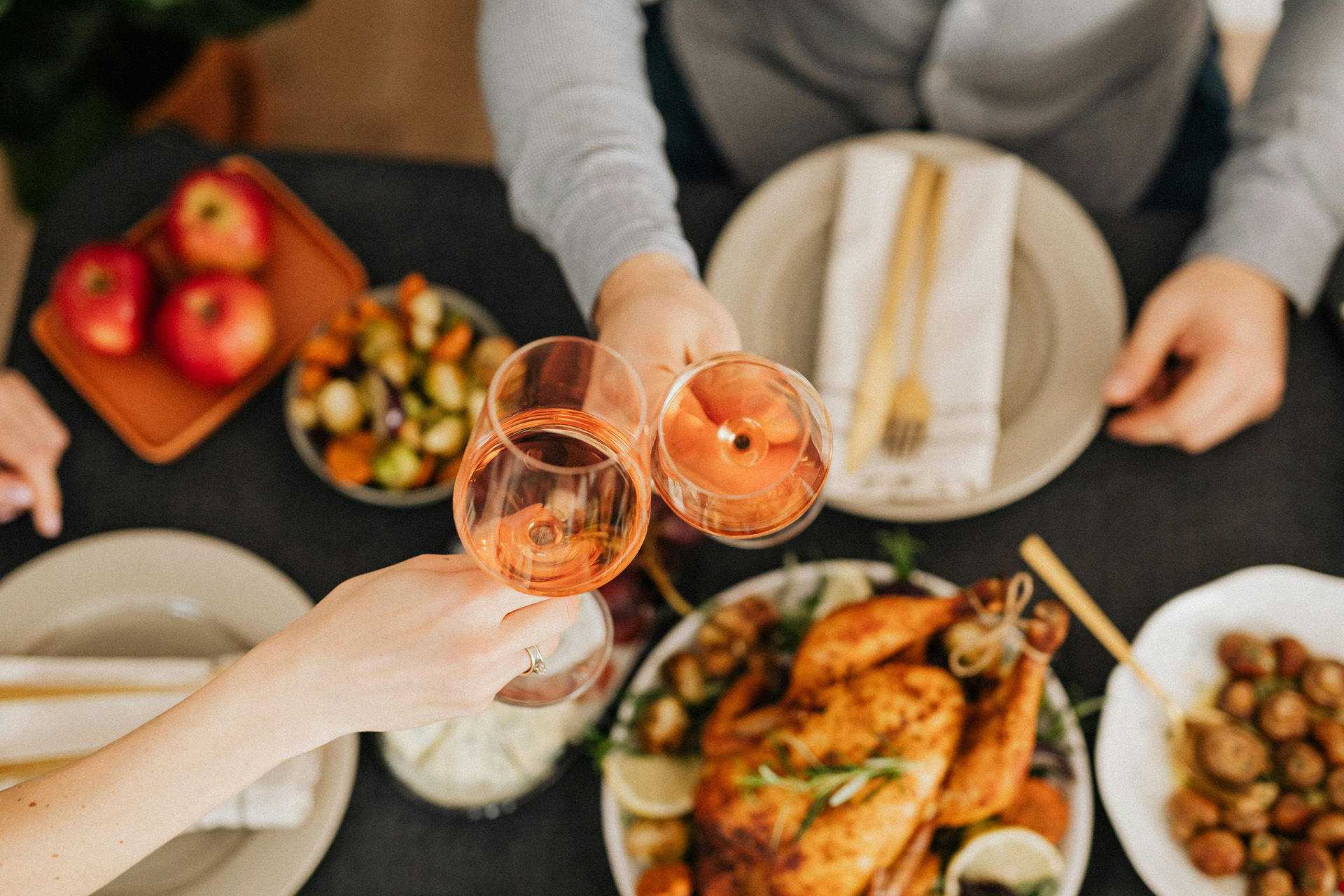
As diabolical as it is that we’re mentioning the ‘C’ word in April, green-thumbed readers ought to start thinking about the biggest roast of the year. If you want to learn how to grow your Christmas dinner this year, keep reading: it’s almost time to start planting. We’ve tapped the brains of renewable energy experts 100Green to share when exactly to sow, plant and harvest your Christmas dinner trimmings for the greenest festive season of them all.
How To Grow Your Christmas Dinner
With three in five UK adults looking to have a greener Christmas this year, 100Green has teamed up with the farmers at Dane End Christmas Tree Farm to carefully research the perfect times to grow your Christmas dinner this year.
‘As the public become increasingly concerned about climate change, we’re also becoming increasingly conscious of the impact that big events such as Christmas can have on our carbon footprint, with our research showing that a whopping three in five people in the UK wanted to have a greener Christmas in 2023,’ says Doug Stewart, CEO at 100Green. ‘It’s quite astounding how much CO2e one family meal creates, so thinking creatively about how we can reduce that impact is important – especially because I would argue Christmas dinner is the most important part of our day.
‘From trying new ways of cooking to growing your own trimmings, there are plenty of ways to make a real difference to both your purse and the environment over the festive period,’ says Doug. ‘Not to mention the thought of sitting down for Christmas dinner this year and being able to tell your friends and family that the veg was not only home cooked – but home grown too.’
The veggies in our guide are: potatoes, carrots, brussels sprouts, parsnips, broccoli, cauliflower and green peas. Here’s exactly what you need to do.
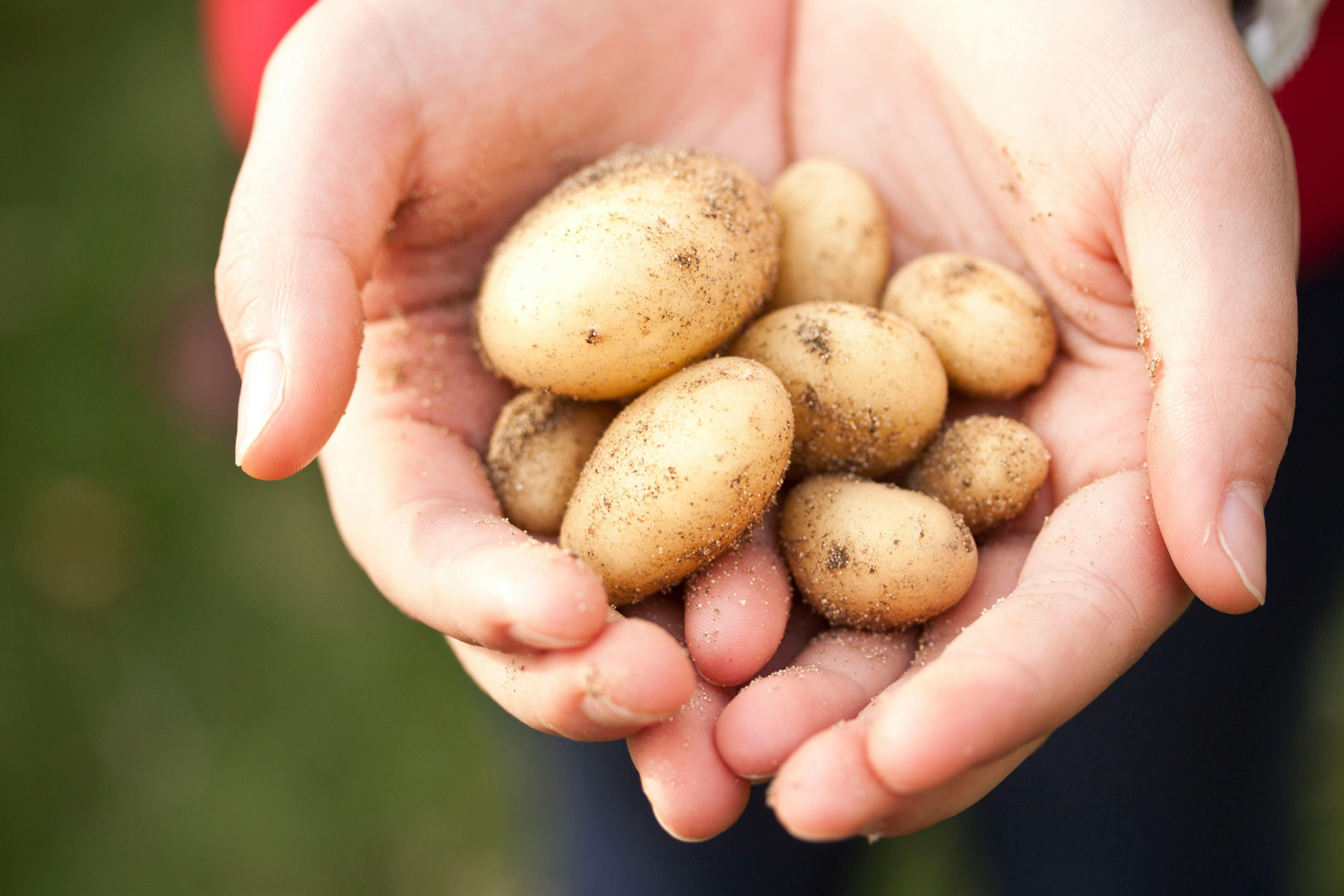
How To Grow Potatoes
Planting
- Firstly, you need to prepare your seed potatoes: cut the seed potatoes into pieces, ensuring each piece has at least one ‘eye’ or bud. Allow the cut pieces to air dry for a day or two to prevent rotting.
- Plant the seed potato pieces about 3–4 inches deep in the soil in rows or mounds, spaced about 12–18 inches apart. Rows should be spaced 2-3 feet apart. Place the cut side down with the eye facing upward.
- As the potato plants grow and reach a height of 6–8 inches, begin to ‘hill’ them by gently mounding soil around the base of the plants. This helps protect the developing potatoes from sunlight, which can cause them to turn green.
When To Harvest Your Potatoes
Potatoes are ready for harvesting when the plants have flowered and started to die back. This typically occurs 12–14 weeks after planting. Most maincrop potatoes can be harvested between July and October.
Storing For Christmas
You can store potatoes in a dry, cool and frost free place, such as the garage or shed once you have harvested them. Potatoes are best stored reburied in coarse sand or soil until you need them for your Christmas feast.
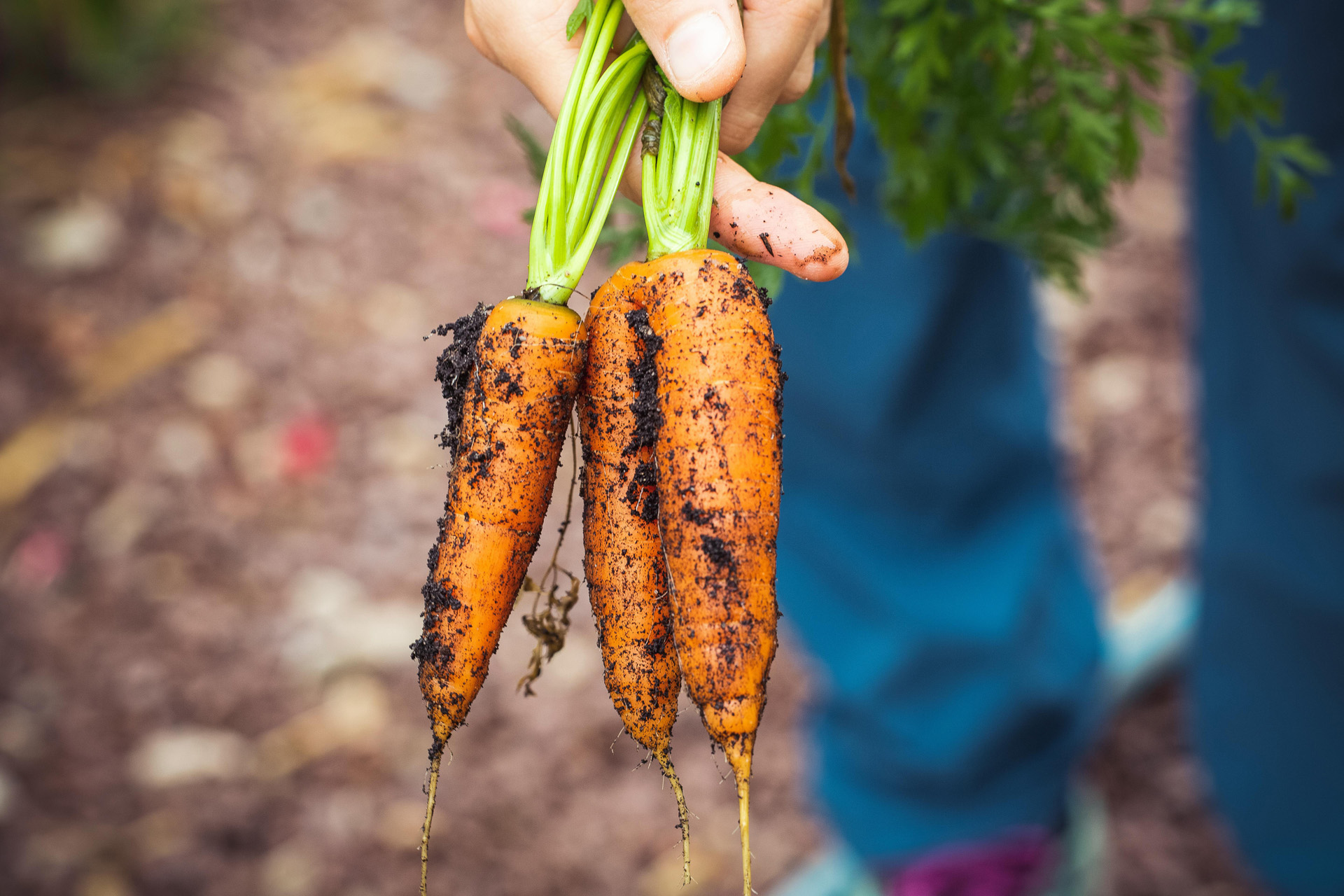
How To Grow Carrots
Planting
- Firstly, you need to select the right location: carrots prefer full sun but can tolerate some shade. Ensure your chosen location has well-drained, loose, and sandy soil. Ideally, the soil pH should be between 6.0 and 6.8.
- Carrot seeds are tiny, so take care when planting them. You can sow them directly in the garden at least 60 days before the first expected frost.
- Keep the soil consistently moist, especially during dry spells – but avoid overwatering, as it can lead to rotting. Avoid using nitrogen-rich fertilisers, as they can lead to excessive foliage growth and small roots.
When To Harvest Your Carrots
Carrots are typically ready to harvest 12–16 weeks after planting, depending on the variety. You can start harvesting when they reach the desired size (usually 1/2 to 1 inch in diameter).
Storing For Christmas
Freshly harvested carrots can be frozen or stored in a dry place (similar to potatoes). Carrots can also be left in the ground over winter in some regions for a late winter or early spring harvest.
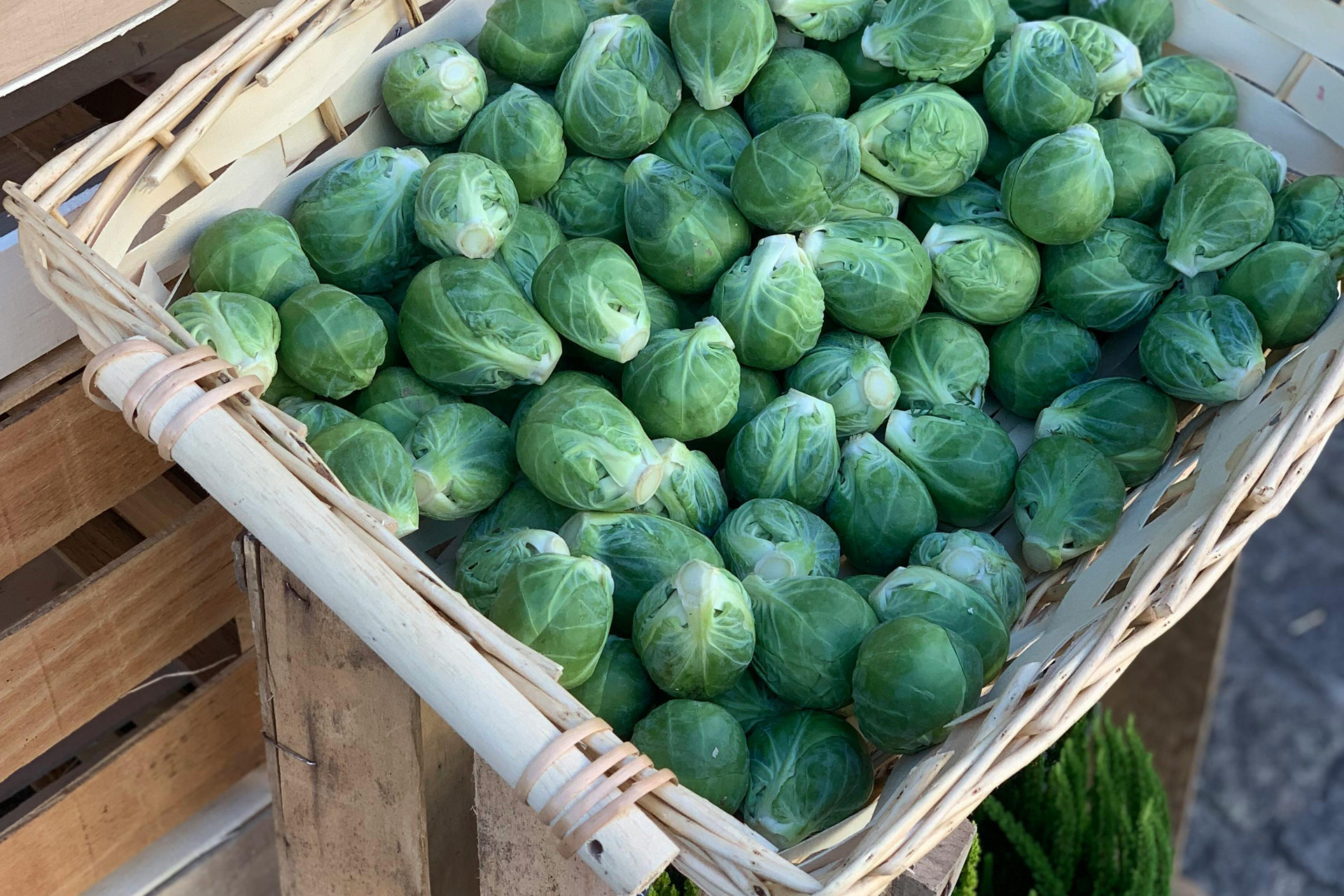
How To Grow Brussels Sprouts
Planting
- For a Christmas harvest, sow your Brussels seeds indoors in early spring or sow them outdoors in late spring.
- If you started the seeds indoors, you’ll need to transplant the seedlings into the garden when they are a few inches tall and have a few true leaves. Transplanting is usually done in late spring or early summer.
- Brussels sprout plants require regular care, including watering, mulching to retain moisture and control weeds, and fertilising as needed. It’s also a good idea to stake or support the plants as they can become top-heavy with sprouts.
When To Harvest Your Brussels Sprouts
Brussels sprouts can be harvested once the small cabbage-like sprouts have formed along the stem. The sprouts will continue to develop from the bottom to the top of the plant, so you can harvest them over an extended period.
Storing For Christmas
Start your seeds indoors in early spring for an autumn or winter harvest. The flavour of Brussels sprouts often improves after a light frost, so they are excellent for late autumn and winter harvests. Store fresh, unwashed in a plastic bag in the fridge for 3–5 weeks.
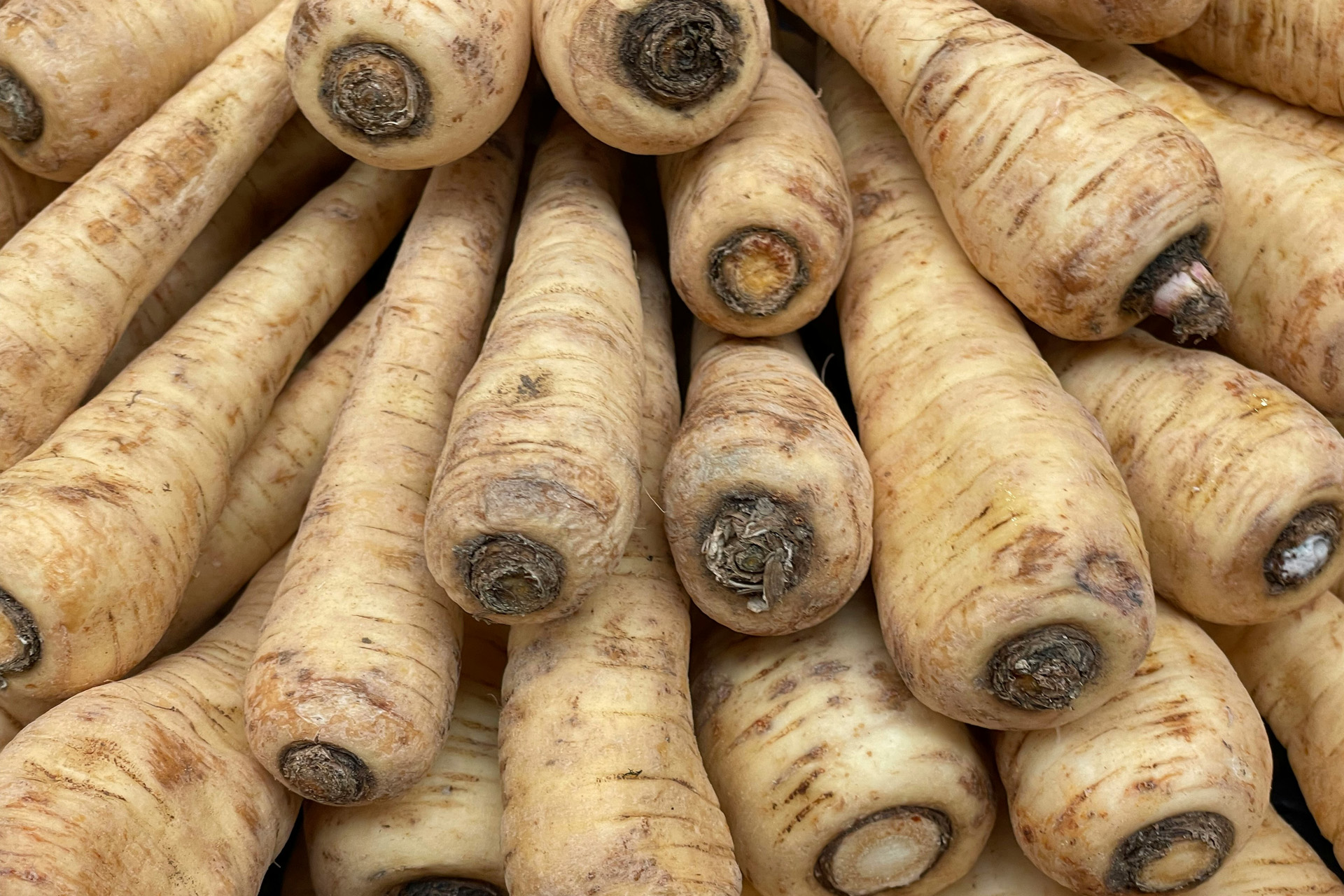
How To Grow Parsnips
Planting
- You can start parsnips from seeds, either directly sown in the garden or started indoors and transplanted later. Sow the seeds in early spring or late winter for a late spring or early summer harvest.
- Once the seeds have germinated and the seedlings are established, they need several months to grow. Parsnips prefer cool weather, and they grow best in well-drained, deep, loose soil. They should be spaced adequately to allow room for the roots to develop.
- After the parsnip seedlings have sprouted and developed a few leaves, thin them out to provide enough space for the roots to grow properly. Space them at least 3-4 inches apart.
When To Harvest Your Parsnips
Parsnips can be harvested when they reach the desired size, typically between 2–4 inches in diameter and 12–18 inches in length.
Storing For Christmas
Once parsnip seeds are sown, you can enjoy a harvest throughout winter. The cool autumn and winter temperatures can enhance the flavour of parsnips. However, if you do need to store harvested parsnips on the lead up to Christmas, they can keep in the fridge for about 2 weeks, can be frozen or kept buried in sand or soil in a cool, dry place.
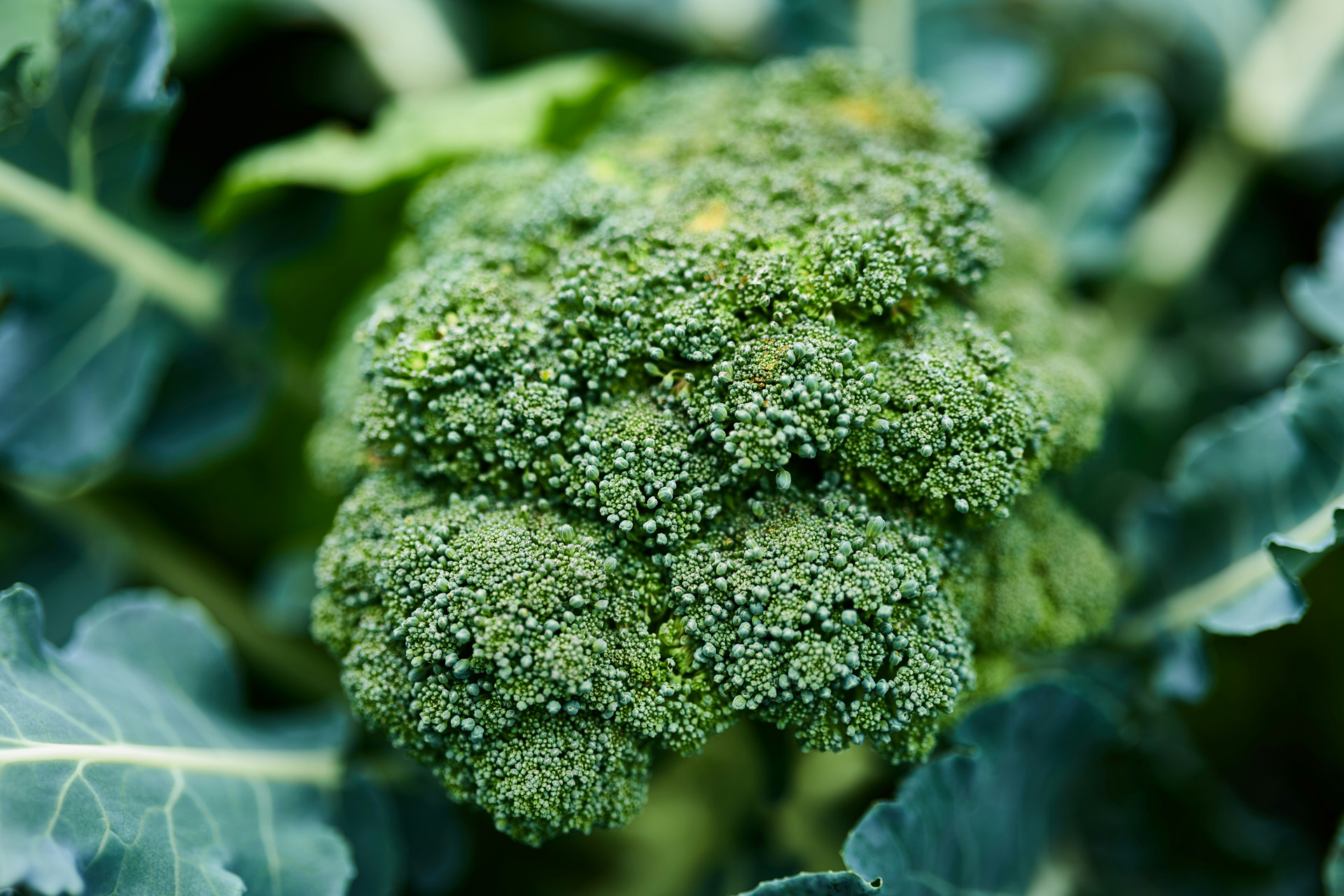
How To Grow Broccoli
Planting
- Broccoli is typically grown from seeds. You can start the seeds indoors or sow them directly in the garden.
- When the broccoli seedlings have several leaves and are 4-6 inches tall, transplant them into the garden. Transplanting is usually done in early to mid-spring for a summer harvest or in late summer for a fall or winter harvest.
- Broccoli prefers cool weather and can tolerate light frosts. Ensure they receive full sun and consistent moisture throughout their growth.
- Broccoli plants require regular care, including watering, mulching to retain moisture and control weeds, and fertilising as needed. They may also benefit from protection against pests like cabbage worms.
When To Harvest Your Broccoli
Broccoli heads are ready for harvest when the central head is firm and compact but not yet starting to flower. Cut the central head off with a sharp knife, leaving some of the stem attached. This encourages side shoots to develop, providing additional smaller heads for harvest.
Storing For Christmas
It’s important to note that some broccoli varieties are more suited to autumn and winter growing, while others are better for spring and summer crops. Check the seed packet or plant label for information on the ideal growing season for the specific variety you choose. However, if you need to store harvested broccoli for your Christmas dinner, it’s best to freeze it after blanching.
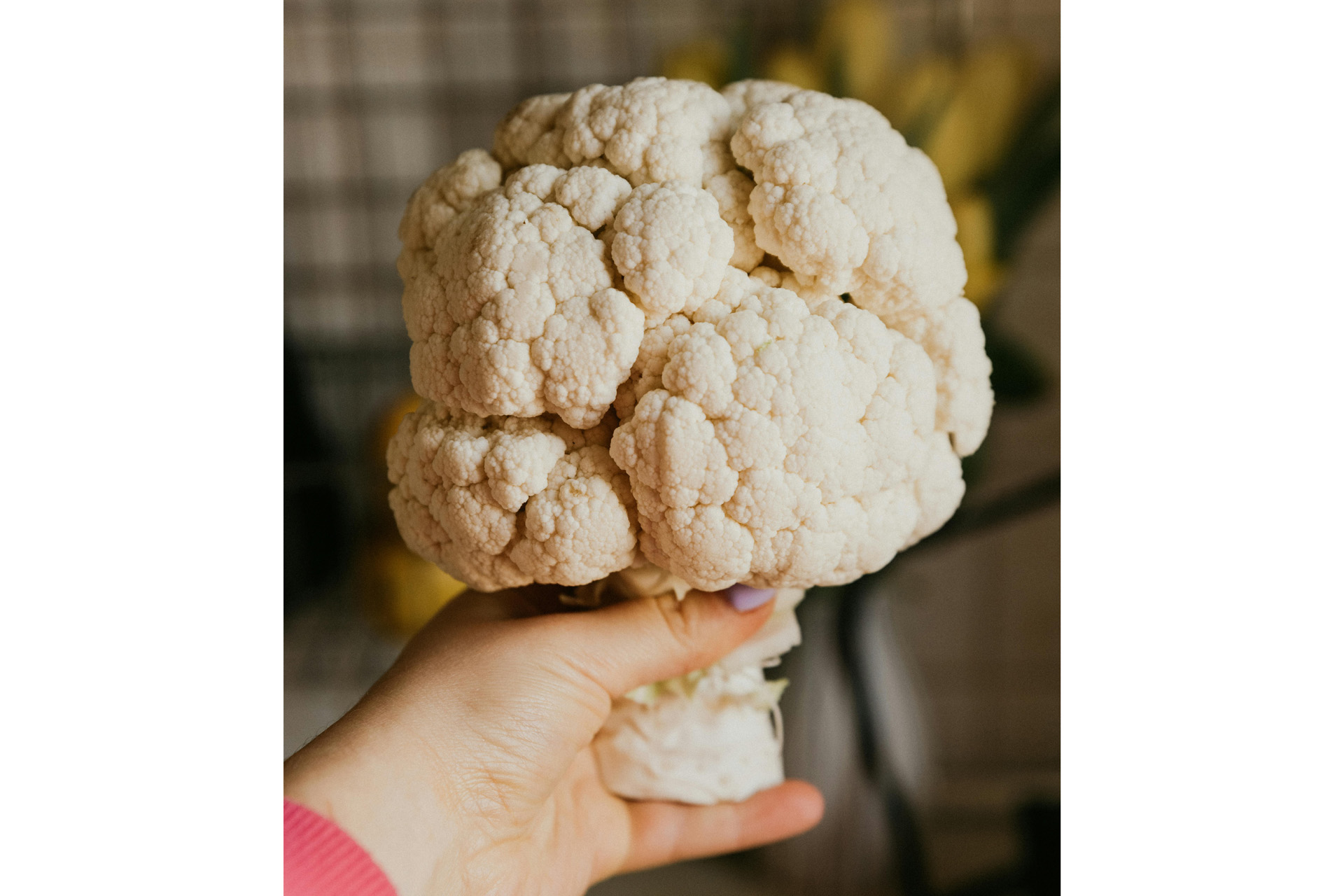
How To Grow Cauliflower
Planting
- Cauliflower plants take approximately 60–100 days from transplanting to harvest, depending on the variety and growing conditions.
- Like broccoli, cauliflower plants prefer cool weather and can tolerate light frosts. Ensure they receive full sun and consistent moisture throughout their growth.
When To Harvest Your Cauliflower
Cauliflower heads are ready for harvest when they are firm, dense, and the curds (the white part) are fully developed and still tightly closed. Harvest by cutting the head off at the base of the plant with a sharp knife.
Storing For Christmas
Once you’ve sown your seeds, you can enjoy cauliflower harvests throughout the autumn and winter season. The exact timing can vary based on your local climate and the specific variety you’re growing. However, if you’ve harvested your cauliflower and need to store them, you can wrap unwashed cauliflower in a damp cloth or paper towel and keep in a perforated bag in the fridge. This will keep for 2–4 weeks, or you can freeze in florets for a longer store.
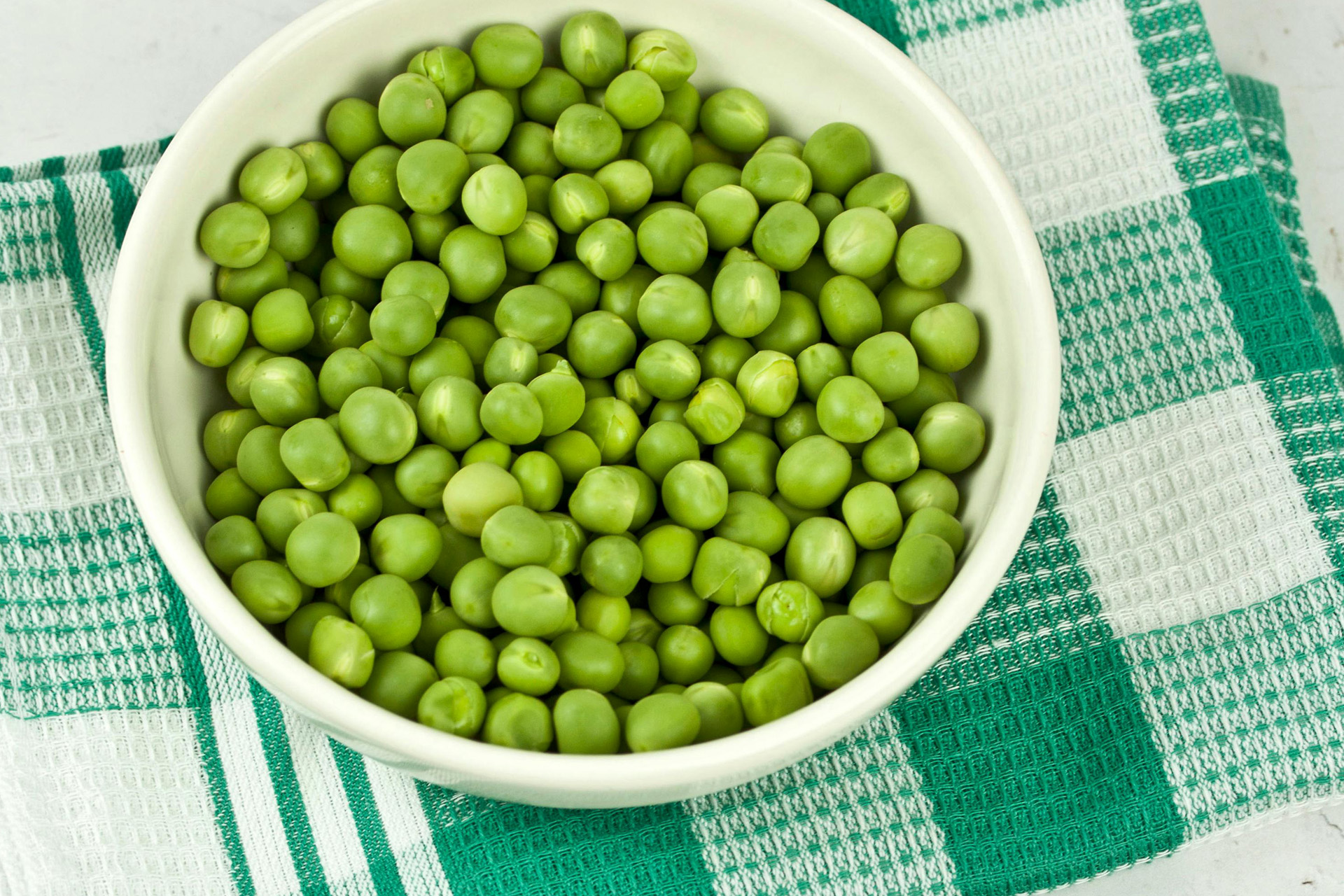
How To Grow Green Peas
Planting
- Green peas are a cool-season crop and thrive in cooler temperatures.
- They prefer well-drained, fertile soil and full sun to partial shade.
- Keep the soil consistently moist but not waterlogged. Mulching around the base of the pea plants can help conserve moisture and control weeds.
When To Harvest Your Green Peas
Green peas are ready for harvest when the pods are well-filled and the peas inside are plump. Harvest the pods by gently pulling them off the vine. For the best flavour and tenderness, pick peas regularly as soon as they are ready.
Storing For Christmas
Green peas can be harvested throughout July–October, and once picked, are best kept frozen in bags, just like frozen bags of peas from the supermarket.

